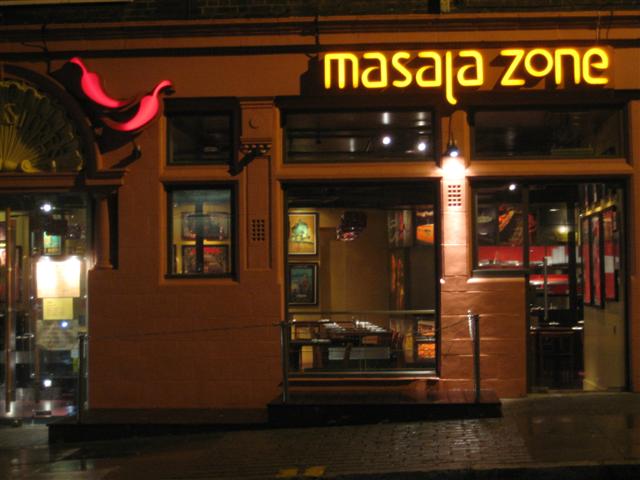The Upper Tribunal (Lands Chamber) has determined that the rating assessment of a property should be reduced from the figure determined by the Valuation Tribunal for England on an appeal made by the ratepayer. The decision in Masala Zone Limited v Golding (VO) (2016) UKUT 0328 (LC) concerned a restaurant in Soho in London.
The ratepayer had originally appealed against the assessment of Rateable Value £187,000 appearing in the 2010 Rating List. That appeal was dismissed by the Valuation Tribunal for England which determined that the assessment was correct. The ratepayer appealed further to the Upper Tribunal (Lands Chamber) contending that the assessment should be reduced to RV £155,000. The ratepayer contended that the property should be valued on an overall basis at £500 per square metre, with the lower-level restaurant valued at 66%, and that an end allowance of 7.5% should be applied to reflect the layout of the property. The ratepayer argued that the interim rent agreed for the appeal property in 2008, which was on a stepped basis rising from £185,000 per annum to £207,500 per annum, did not require any adjustment for tenant’s alterations because the property had been in restaurant use for a number of years and any new occupier would re-fit it to their own specification.
The Valuation Officer contended that the overall rate should be £600 per square metre and that the lower-level restaurant should be valued at 75%, with an end allowance of 5% to reflect any disabilities of layout. The Valuation Officer considered that the rent required adjustment for tenant’s improvements because some of the tenant’s works, particularly kitchen finishes, would have value to other occupiers.
The Tribunal first considered the rent agreed for the appeal property and concluded that this was a useful guide to value, but needed to be looked at in relation to the agreed assessments of other restaurants in the immediate area around Carnaby Street. The Tribunal placed more weight on the comparables relied upon by the Valuation Officer than on those relied upon by the ratepayer. The Tribunal considered that, whilst the property was inferior in location to Carnaby Street and other adjoining streeets, the Valuation Officer’s approach had made proper allowance for this, and that the correct value was £600 per square metre.
The Tribunal preferred the relativity of 66% used by the Appellant for the lower-level restaurant area, because this had been used in previous rating lists without objection. In this respect it was proper to make comparison between the approach used in successive rating lists. The Tribunal considered that elements of the allowance for layout were already reflected in this relativity and that to make a significant end allowance could be “double counting”. The Tribunal applied an end allowance of 2.5% for any remaining disabilities of layout.
The Tribunal considered that some of the tenant’s alterations might have a value to other occupiers, but found it unnecessary to determine exactly the adjustment to be made to the rent for these works because the value of £600 per square metre determined was based on other comparable properties that were fully fitted. On this basis the Tribunal determined that the correct assessment for the appeal property should be RV £170,000.
The valuation points in this case are relatively straightforward and confirm again that, where there is a rent passing on the appeal property, the Tribunal is likely to have regard to that rent. But the rent here was agreed as an interim rent and could not be relied upon in isolation. The decision is also a helpful reminder to valuers that whilst comparisons between one rating list and another should not be used simply to compare rateable values, such comparisons can be useful in showing the correct valuation approach where there have been no other changes between the lists.

